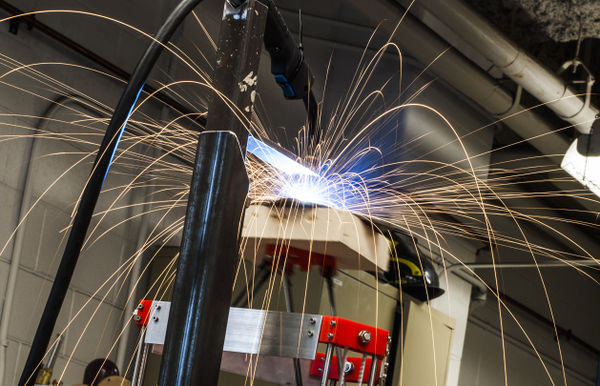The 3D printing market is in position to move from being a niche sector to become a mainstream segment, according to IDC.
And the market researcher expects the market to see “tremendous unit and revenue growth” from 2012 to 2017, with compound annual growth rates of 29 percent and 59 percent, respectively.
Tremendous Growth
“While traditional print technologies are facing maturity, 3D printers will see worldwide unit shipments grow by 10 times over the forecast period, and worldwide hardware value will more than double in the short term,” Keith Kmetz, IDC vice president of imaging, printing and document solutions, said in a 17 December statement.
 In a new report, IDC says the 3D printing market presents an “incredible opportunity.” It has moved beyond hobbyists and is now being embraced by a number of industries for the time- and cost-saving benefits that 3D printers can offer.
In a new report, IDC says the 3D printing market presents an “incredible opportunity.” It has moved beyond hobbyists and is now being embraced by a number of industries for the time- and cost-saving benefits that 3D printers can offer.
“In addition to general manufacturing/R&D applications, 3D print is also finding sweet spots in aerospace, automotive, education, dental, jewellery, medical and recreation vertical markets,” said the report.
Even markets where industrial-scale 3D printing has had a home for years are discovering the benefits of consumer-grade, desktop 3D printers. Many carmakers, for example, are putting printers on the desks of their engineers, enabling them to more quickly move through iterations of designs, instead of waiting for (or incurring the costs of) an industrial printer.
Konica Minolta is about to sign an agreement to distribute 3D printers for a “leading manufacturer,” adds the report, and Hewlett-Packard has also stated its intent to enter the space.
During HP’s fourth-quarter 2013 earnings call 26 November, CEO Meg Whitman called 3D printing “an acorn,” and one that will need nurturing.
“You’ve heard me say we’ve got to plant acorns that will eventually become oak trees. … This is an acorn that maybe has very good long-term potential, but the market is at its earliest stages,” Whitman said. “There is a lot of technology work that needs to be done to be able to print in the kind of time frame that most consumers and most industries would actually find acceptable.”
Whitman also said that HP will enter the market “organically,” not by acquisition.
“What we’re doing is focusing on what’s the value proposition by market segment, whether that be consumer or industrial. What’s the competitive differentiation?” she added. “We’ve got some very interesting things coming, so stay tuned in 2014 and 2015.”
New Market
IDC expects other traditional printer vendors to also try to enter the “lucrative opportunity” of 3D printing soon.
New companies that have entered the market directly include Shapeways and Makerbot – which earlier this year was purchased, for $403 million (£247m), by Stratasys, a former HP partner.
On 12 November, Makerbot announced an initiative to try and get 3D printers into every school in America. In its statement announcing its plan, it quoted President Barack Obama, who in his most recent State of the Union address, had mentioned the technology.
“3D printing has the potential to revolutionise the way we make almost everything,” the president said. “We must ensure that the next industrial revolution in manufacturing will happen in America. We can get that done.”
Think you know all about 3D printing? Try our 3D printing quiz!
Originally published on eWeek.




